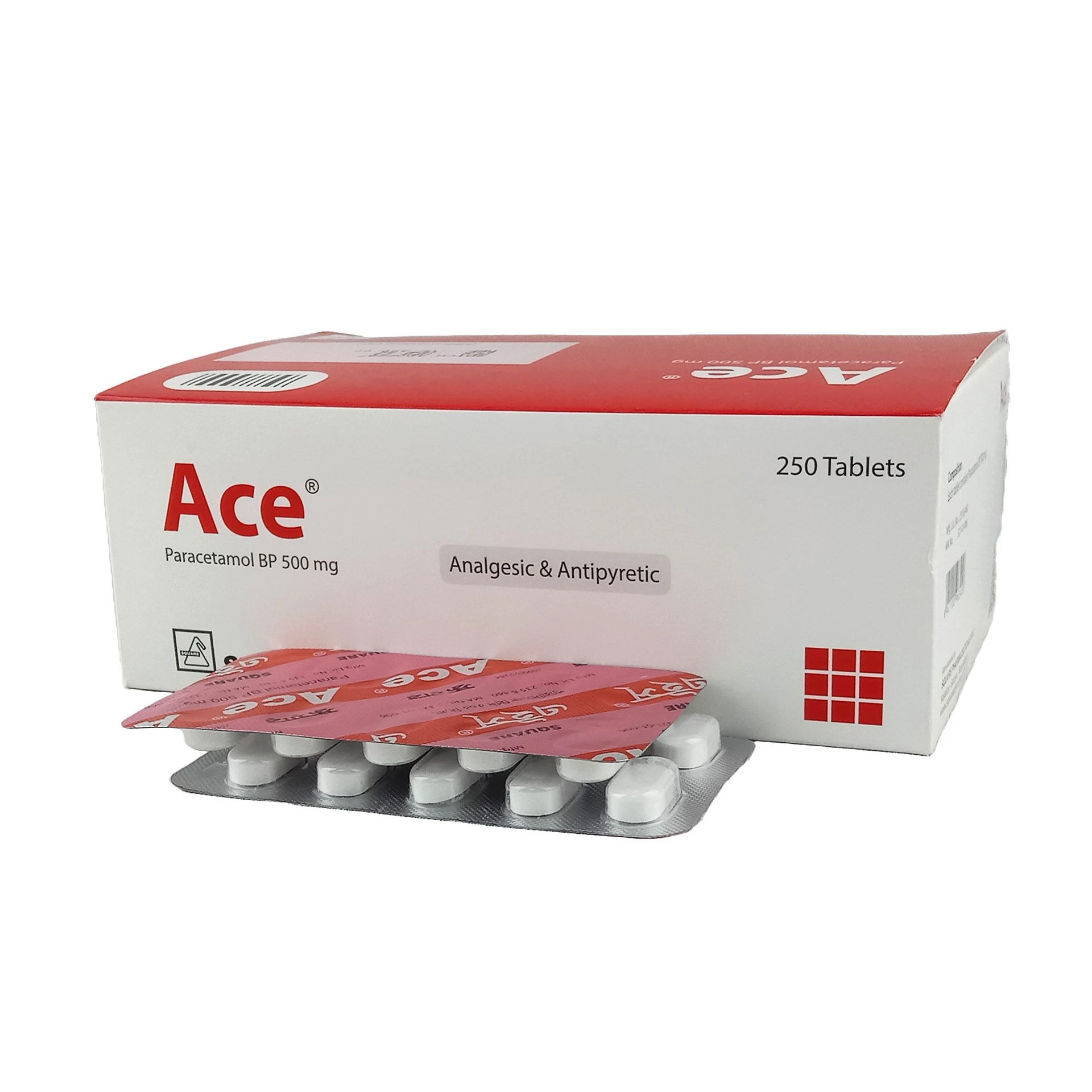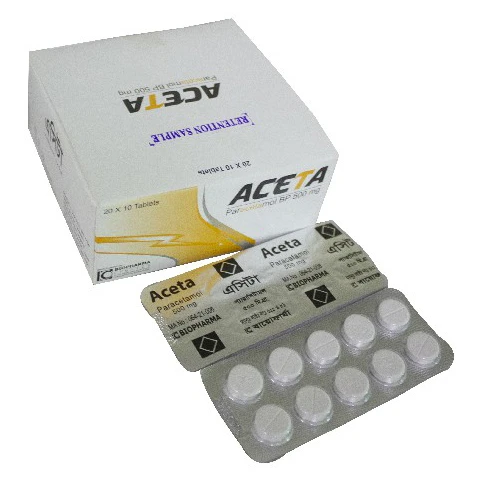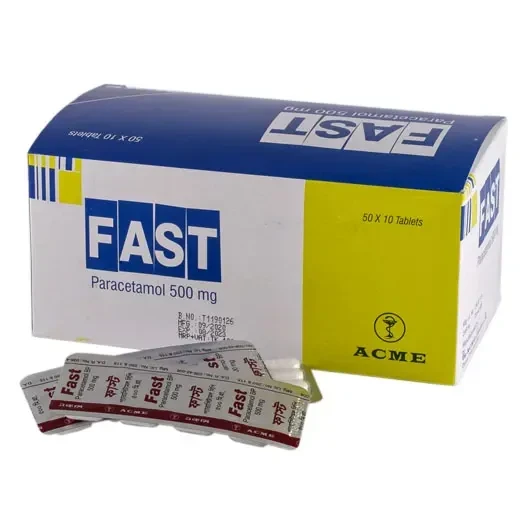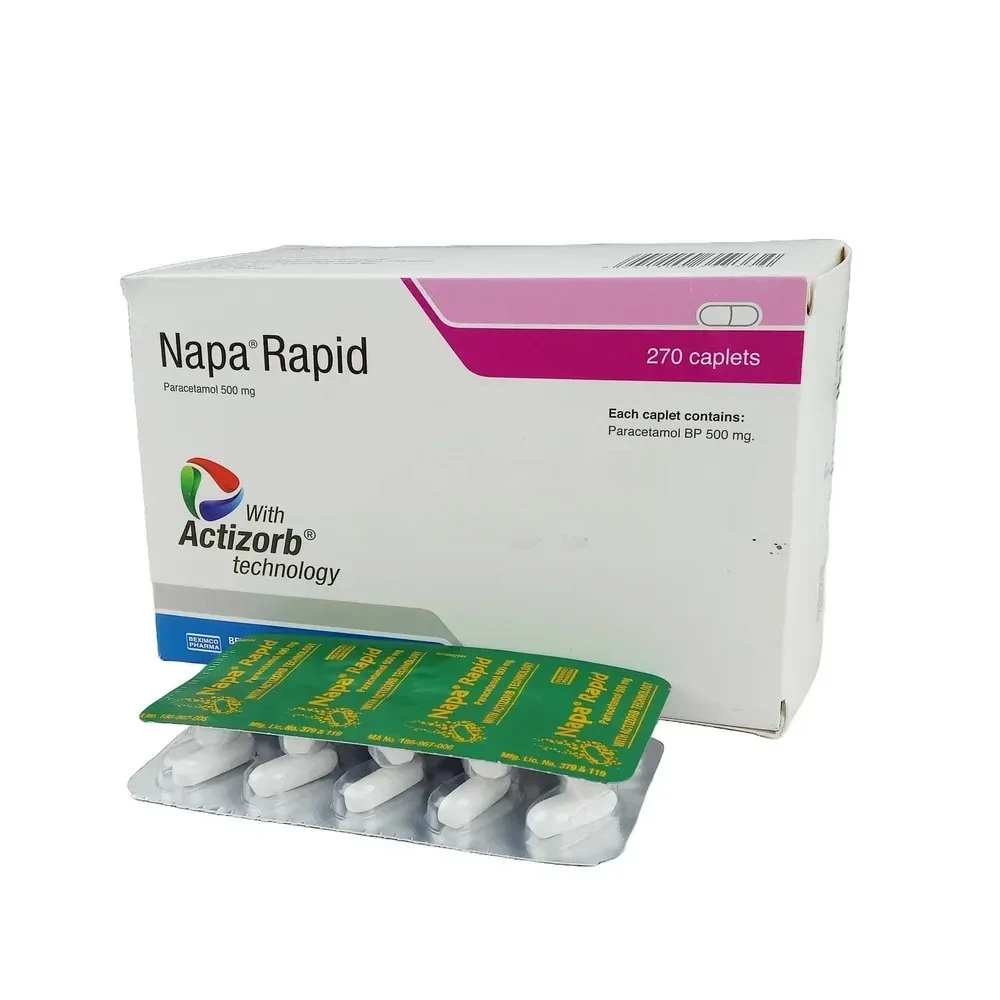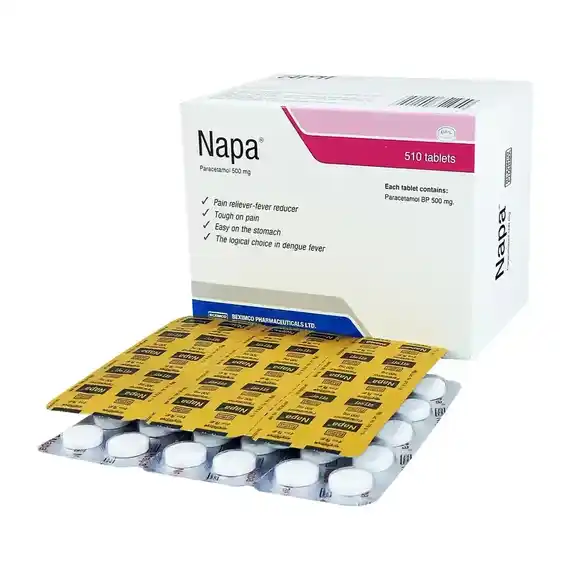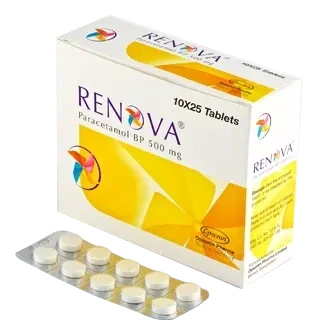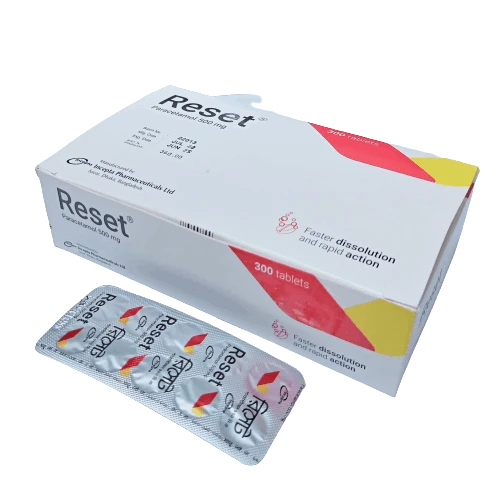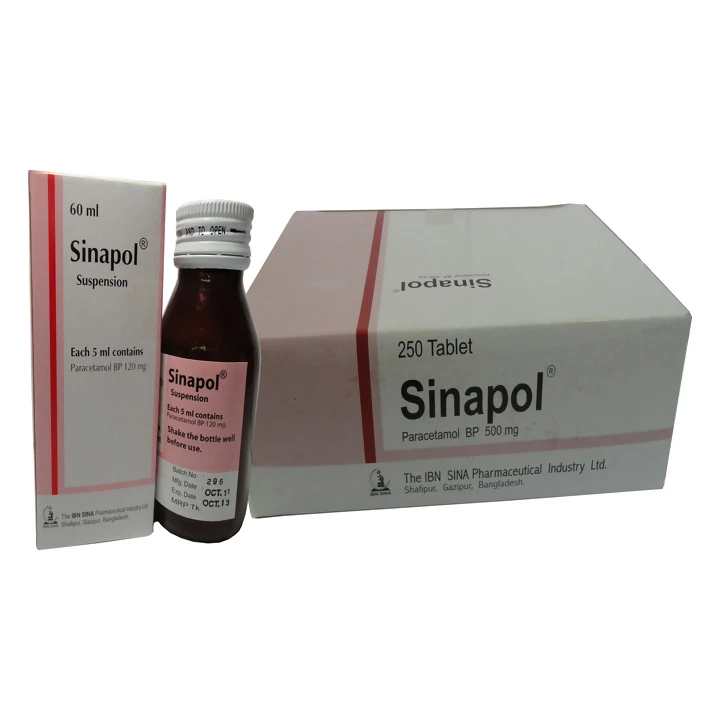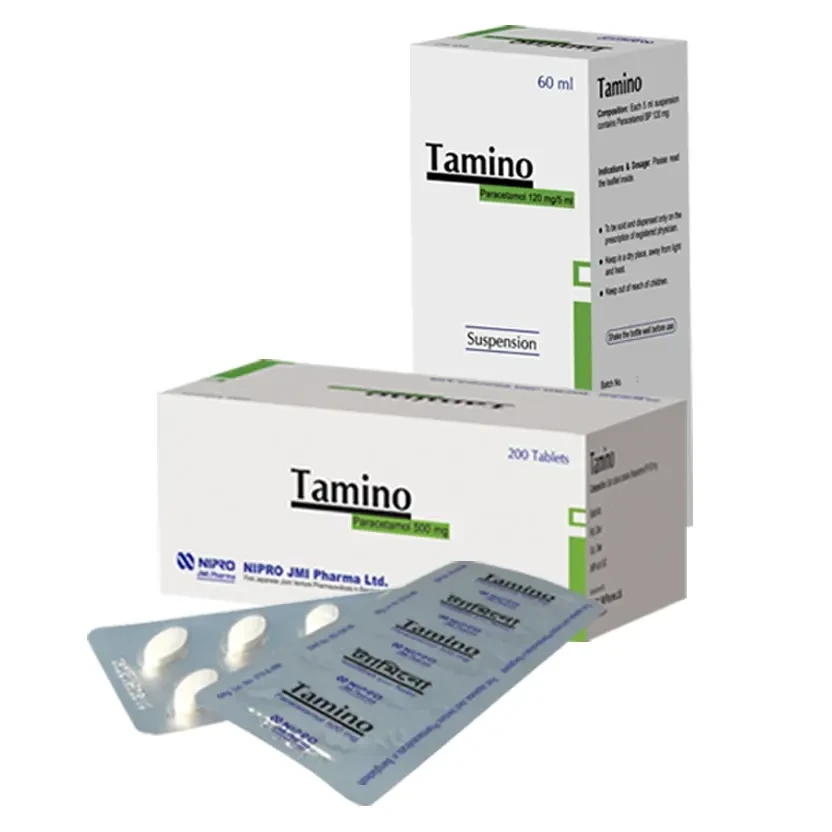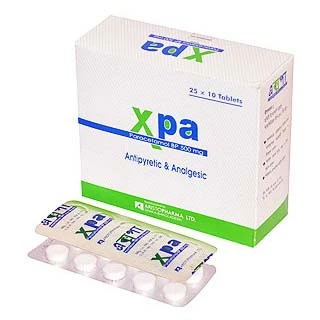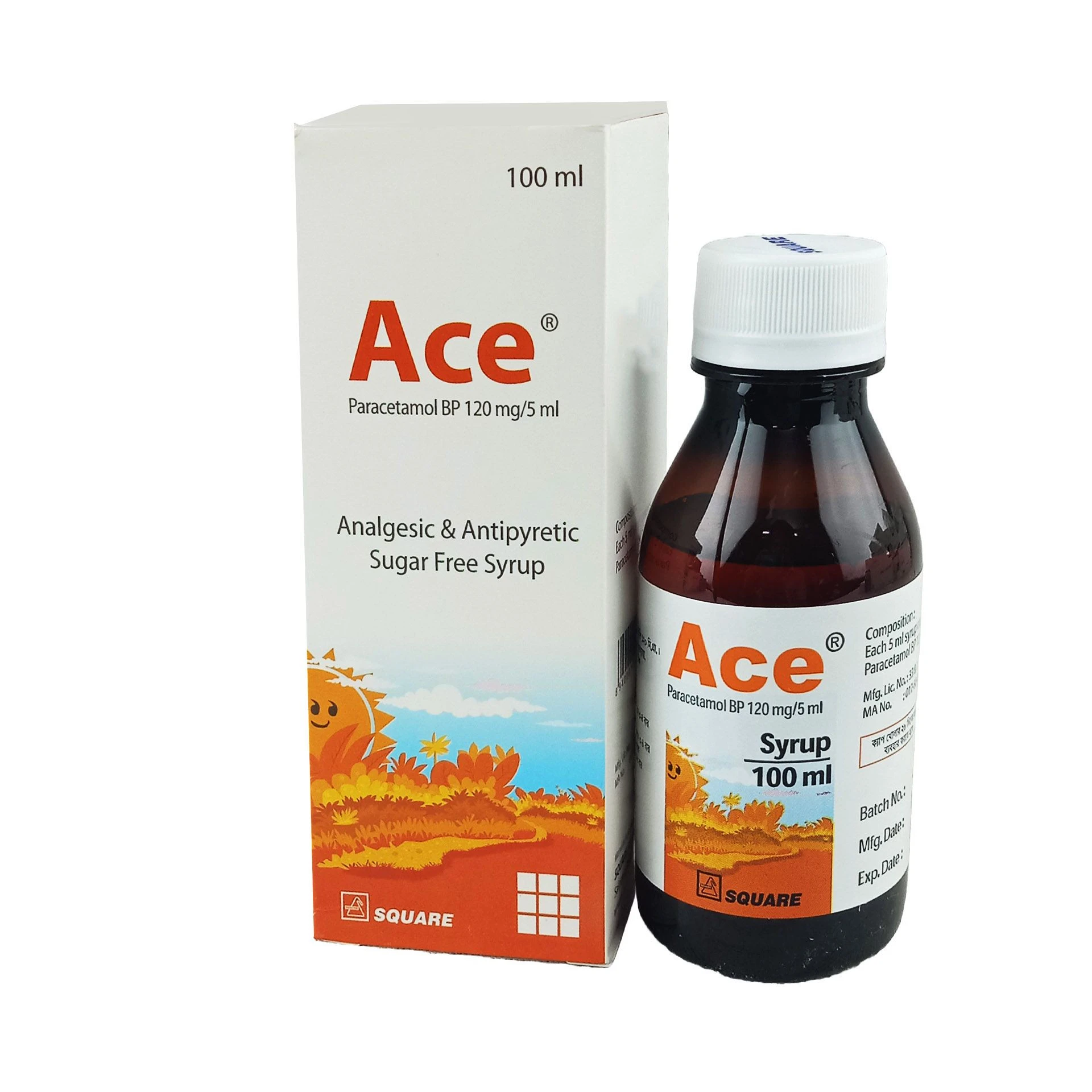

Introduction
Toltrex 2 is used in the treatment of overactive bladder. It relieves urinary symptoms like frequent urination, urgent need to urinate and inability to control urination. Toltrex 2 is advised to take it in a dose and duration as per prescription. It can be taken with or without food, but take it at the same time regularly. Swallow the medicine as a whole without crushing or chewing it. You should not stop taking the medicine without consulting the doctor as it may lead to the worsening of your symptoms. The course of the treatment should be completed for better efficacy of the medicine. Some common side effects of this medicine are dry mouth, constipation, diarrhea, headache, etc. To cope up with the side effects, you must drink plenty of water. It may also make you feel dizzy or sleepy or experience blurry vision, so it advised not to drive or do anything requiring concentration until you know how it affects you. Consumption of alcohol must be avoided as it can aggravate the side effects. If any of the side effects bother you or persist, consult the doctor without delay. Before receiving the treatment, inform your doctor if you are on any medication for any other health condition. If you are pregnant or breastfeeding, tell your doctor prior to the treatment. Patients with liver or kidney disease must be cautious while receiving the prescription and they must receive regular follow-ups as per the doctor's advice.
Uses of Toltrex 2
Overactive bladder (OAB) symptoms
Side effects of Toltrex 2
Common
Dryness in mouth
Constipation
Headache
Dizziness
Sleepiness
Blurred vision
Dry skin
How to use Toltrex 2
Take this medicine in the dose and duration as advised by
your doctor. Swallow it as a whole. Do not chew, crush or break it. Toltrex 2
may be taken with or without food, but it is better to take it at a fixed time.
How Toltrex 2 works
Toltrex 2 is an antimuscarinic. It works by relaxing muscles
of the urinary bladder and prevents frequent, urgent or uncontrolled urination.
What if you forget to take Toltrex 2?
If you miss a dose of Toltrex 2, take it as soon as
possible. However, if it is almost time for your next dose, skip the missed
dose and go back to your regular schedule. Do not double the dose.
Quick Tips
Toltrex 2 treats symptoms of an overactive bladder by
lowering the urge to urinate and controlling urination.
It can take up to 4 weeks before you see any improvement in
your symptoms. Keep taking it as prescribed.
Avoid caffeine, alcohol, and carbonated drinks as they can
worsen your symptoms.
It may cause dizziness and blurring of vision. Don't drive
or do anything that requires mental focus until you know how it affects you.
Dry mouth, dry eyes, and constipation may occur as a side
effect. Maintain good oral hygiene, drink water frequently, chew sugarless gum,
and wear contact lenses with caution.
Brief Description
Indication
Overactive bladder
Adult Dose
Oral Overactive Bladder, Urge Incontinence Immediate release: 2 mg PO q12hr. Reduce to 1 mg bid if needed to reduce side effects. Extended release: 2-4 mg PO once daily Hepatic impairment Mild to moderate (Child-Pugh class A or B): Not to exceed 1 mg PO q12hr (immediate release) or 2 mg PO once daily (extended release) Severe (Child-Pugh class C): Not recommended
Child Dose
Child < 18 years: Not recommended
Renal Dose
Renal impairment CrCl 10-30 mL/min: Not to exceed 1 mg PO q12hr (immediate release) or 2 mg PO once daily (extended release) CrCl <10 mL/min: Not recommended
Contraindication
Severe ulcerative colitis, toxic megacolon, urinary
retention, gastric retention, myasthenia gravis, uncontrolled narrow-angle
glaucoma, pregnancy.
Mode of Action
Tolterodine is a competitive muscarinic receptor antagonist
with actions similar to atropine. It is used in the management of urge urinary
incontinence, urgency and frequency.
Precaution
Bladder flow obstruction, GI obstructive disorders, renal or hepatic impairment, autonomic neuropathy, hiatus hernia, risk of decreased GI motility, patients at risk of QT interval prolongation (e.g. electrolyte disturbances, bradycardia, pre-exisiting cardiac disorder). Lactation: Unknown whether drug is distributed in breast milk; do not nurse
Side Effect
>10% Dry mouth (40%) 1-10% Blurred vision,Constipation,Dizziness,Drowsiness,Dyspepsia,Headache,Xerophthalmia
Interaction
Increased risk of overdosage with potent CYP3A4 inhibitors
e.g. macrolide antibiotics (erythromycin and clarithromycin), azole antifungals
(e.g. ketoconazole and itraconazole), protease inhibitors, ciclosporin or
vinblastine. Increased risk of torsade de pointes with drugs that prolong the
QT interval (e.g. class Ia and class III antiarrhythmics). Increased risk of
'cholinergic neurogenic hypersensitivity' with centrally acting
anticholinesterases (e.g. donepezil, rivastigmine). Increased risk of
antimuscarinic side effects with antimuscarinic drugs.
No review given yet!
 Fast Delivery all across the country
Fast Delivery all across the country
 Safe Payment
Safe Payment
 7 Days Return Policy
7 Days Return Policy
 100% Authentic Products
100% Authentic Products
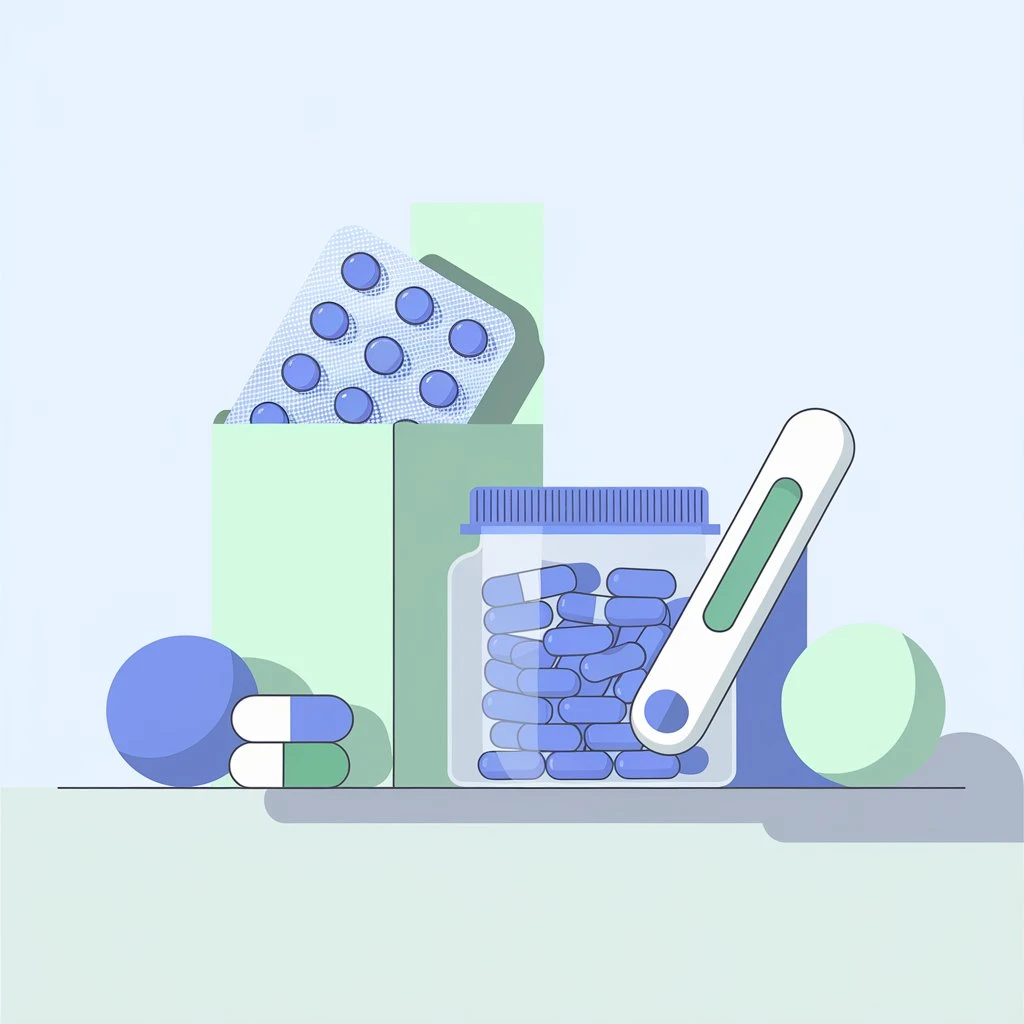
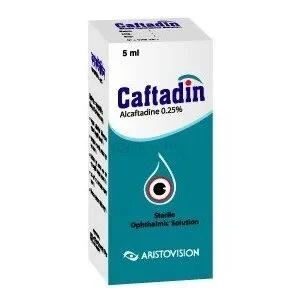
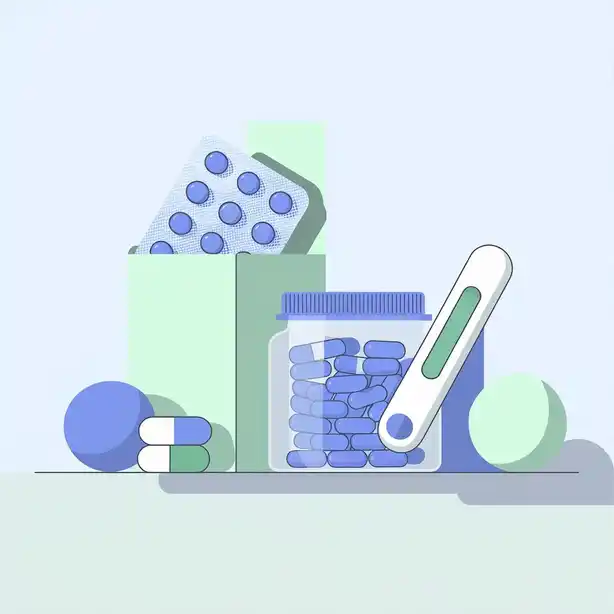
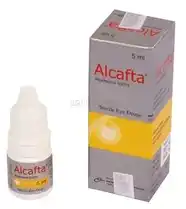
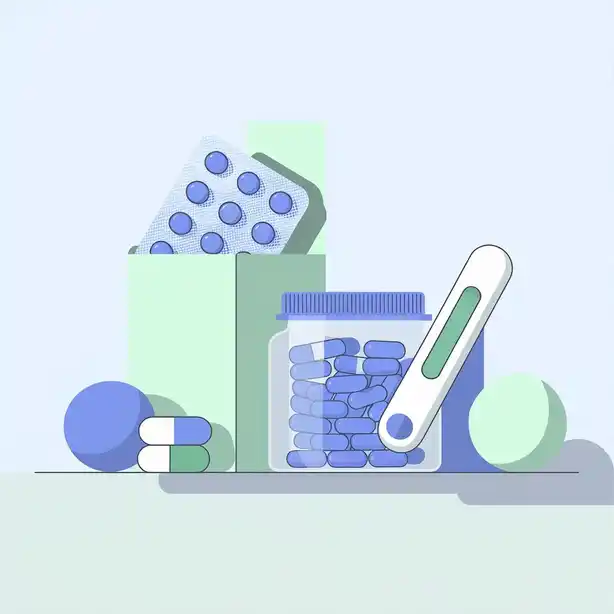
You need to Sign in to view this feature
This address will be removed from this list



